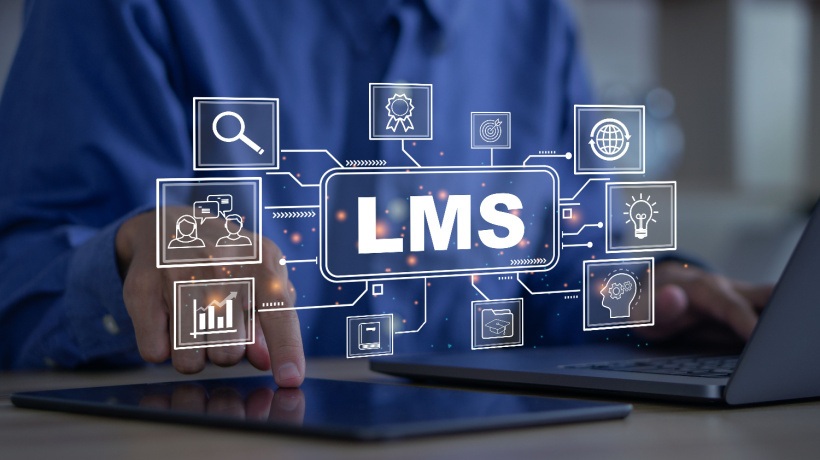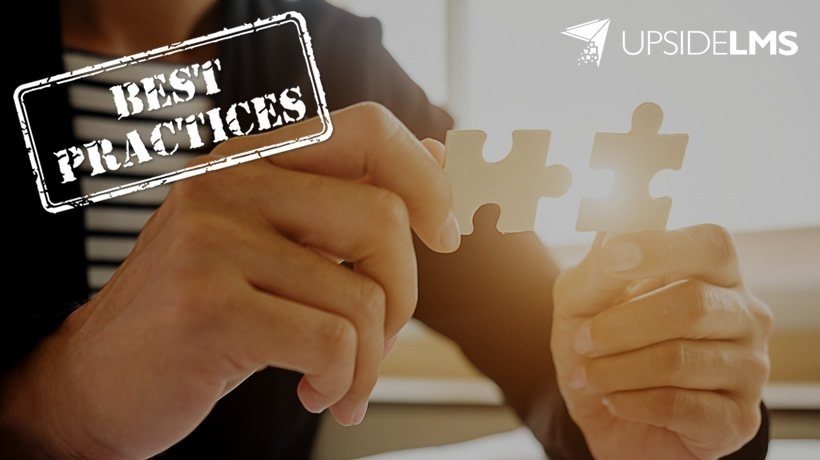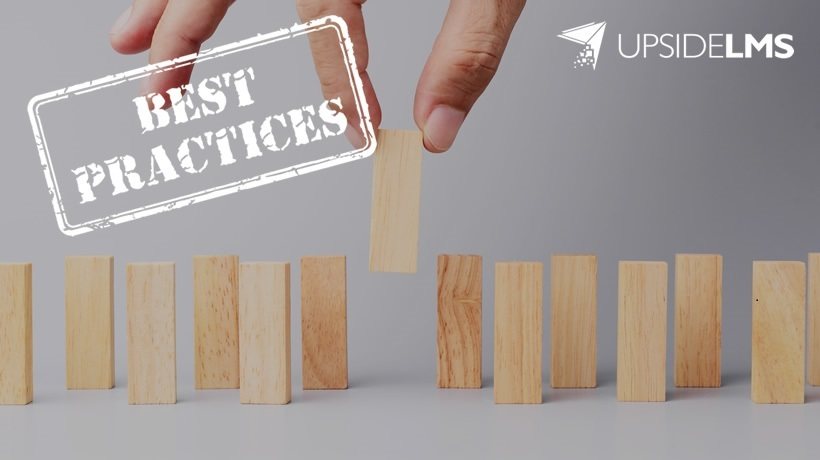LMS Implementation: Best Practices
Learning Management Systems (LMSs) are essential to providing the highest quality and most efficient corporate training for your teams – especially when it comes to compliance awareness and skills development. Rolling out a new Learning Management System requires detailed planning and preparation if you want to maximize your odds of successfully training your staff. To help you stay on target, here are a few of the best practices for LMS implementation:
1. Define Your Objectives
Before you begin, you should have a clear understanding of what your goals are and what the end results look like. What objectives are you trying to achieve with your new system? There should be clear metrics that you can use to measure your success, for example. As you create a list of goals, you should prioritize each one from “absolutely essential” to “it would be ideal if we had this feature.” Focus on the essential parts first, then work your way down.
A common mistake is to simply transfer your existing traditional learning processes and goals to the new system. Remember, this is an opportunity to refine and upgrade to new objectives, while keeping the ones that have already proven to be successful in place.
2. Put Together The Right Team
A successful LMS implementation plan requires talent. You'll need to identify early on who the right people are.
This team is usually compiled of:
- Team leaders.
- Project managers.
- eLearning specialists.
- Training administrators.
- Information Technology administrators.
- HR leadership.
The people you hire on or assign to the project will need to come together and understand everyone's individual responsibilities. Over time this will prove to be extremely valuable, as inevitably there will be questions along the way and the more familiar your team is with the different responsibilities involved, the more efficiently you can roll out your new Learning Management System.
A basic framework for LMS implementation might include the following:
- Initial preparation and brainstorming phase.
- Identifying objectives.
- Initial training period.
- First LMS roll out.
- Feedback gathering.
- Refining period.
- Preparation for going live.
- Launch.
3. Provide Thorough Training For Administrators
Effectively training your administrators on using the Learning Management System is absolutely critical to the long-term success of your program. If you want to maximize your return on investment than you will allocate appropriate time for your team to go in depth when it comes to understanding the features of your system. Creating a training plan certainly helps.
By the end of the training period, your administrators should be so familiar with the product that they could sell it to the most skeptical executives. This is the kind of depth of knowledge you are looking for from your team.
4. Don’t Forget To Factor In Growth
This is a common mistake and it can cause you severe roadblocks in the future. You simply must factor in for the incorporation of new policies, change in your geographical presence, and overall expansion. As you are creating your plan and customizing your system for your unique organizational requirements, you should be looking towards the future so that it will be as seamless as possible to scale things up.
5. Pay Attention To Content Delivery
Far too often LMS administrators put together a fantastic infrastructure and overlook one of the most important factors in a Learning Management System—the learning experience!
Your content delivery needs to be tailored to the personality types that you hire into your organization. This is where interviewing can really help. Your people might really love the idea of short videos and specific types of multimedia, but you'll never know unless you ask them!
6. Take A Close Look At The Numbers
Before you implement your new or upgraded Learning Management System, you'll want to have a thorough look at the financial details involved. What are the recurring costs that you need to factor in? Are there hidden costs that others have run into before that you need to be aware of?
This is where case studies and clear communication with the vendor come in handy. As you already well know, unforeseen costs can be a true hindrance or even a disaster to an organization.
7. Customize Your Reports
Learning Management Systems all come with their own set of reporting standards. In the vast majority of cases you'll be able to customize these reports to provide the data that's most important to you. Before you get in too deep, however, make a list of what data you will be requiring and how often you will require. Then make a list of what format it should be delivered in and who will be reviewing it.
These steps will ensure that your reports are timely and full of the valuable information you can use to make better decisions and keep everything on track as you move forward.
8. Factor In “Hiccups” To Your Timeline
There's nothing wrong with optimism but it's also important to be practical about your implementation plan. Even the best of us run into obstacles as we are building or incorporating something new into our organization. Make a list of the following obstacles and what the most likely ones are to occur based on your perceived weaknesses, so you know what to prepare for:
- Technical problems.
- Customization issues.
- Obstacles with scaling.
- Security issues.
If you have a proactive plan for addressing these issues can you will save yourself tons of headaches—at very least!
By incorporating these best practices into your LMS implementation plan, you will be way ahead of the curve.








